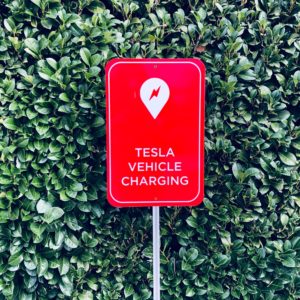
- Find a certified electrician with experience in Tesla charging installation
- Request a quote from the electrician. You can get an online quote if you describe your needs properly or the electrician can come for an inspection.
- After agreeing on the quote and contracting the electrician, order your charging equipment.
- Schedule the installation time with the electrician and begin.
- Professional installation service and materials
- Permit
- Inspection
- Installation warranty
- Long wire run (distance from the electrical panel to installation site)
- Additional sub-panel
- Trench (underground wires)
- Main panel upgrade
- Pedestal installation
- Hiding cables behind walls
- Level 1 charge – also known as trickle charging – known for its slow charging speed – uses 120-volt receptacle – takes 4 days to give a full charge – gives 2 miles of Tesla range per hour charging – 1.4kW power delivery.
- Level 2 charge – known as the most flexible and fastest home charging option for EV drivers – uses 240-volt receptacle – takes 6-30 hours to give a full charge – gives 9-52 miles of Tesla range per hour charging – 3.7 – 17.2 kW power delivery.
- Level 3 charge – also known as supercharging or DC fast charging – the fastest charging speed – uses 480-volt receptacle – takes 30 minutes to give a 170 miles range – up to 140kW power delivery.

